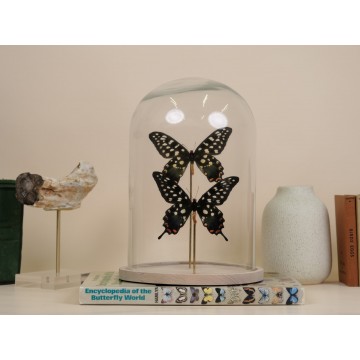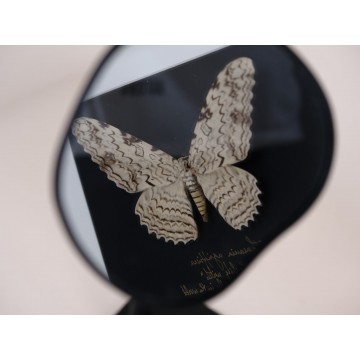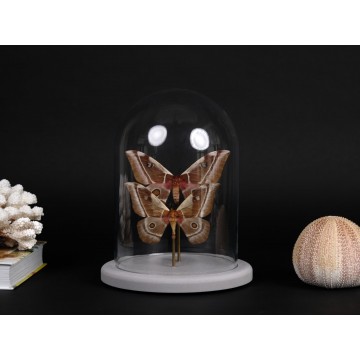Papilio antenor frame
A Papilio antenor in a white wood glass frame.
The Madagascar giant swallowtail, is a butterfly from the family Papilionidae. As the common name implies, it's large (12– to 14-cm wingspan) and endemic to Madagascar. It is the only species in the genus Pharmacophagus.










































